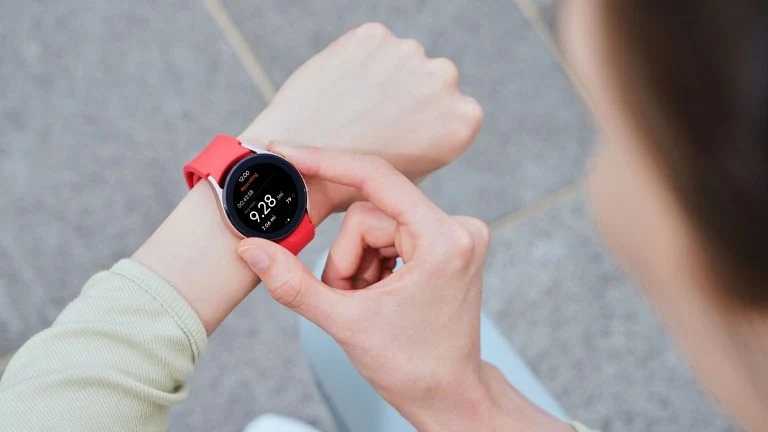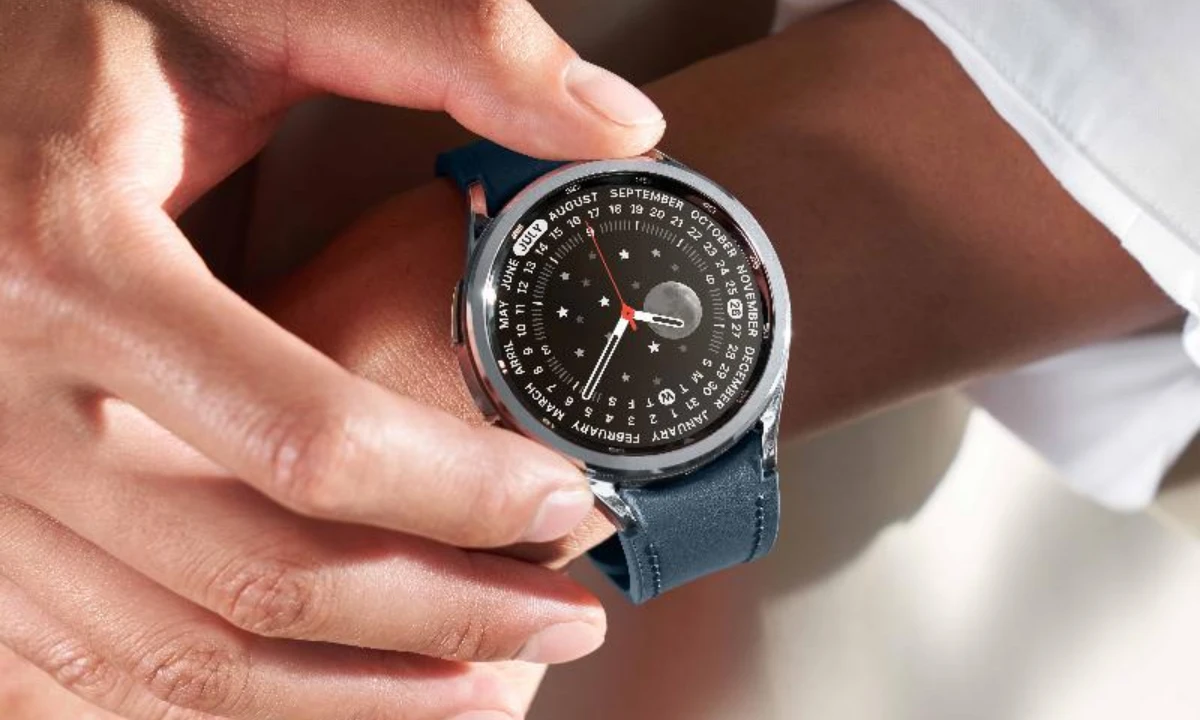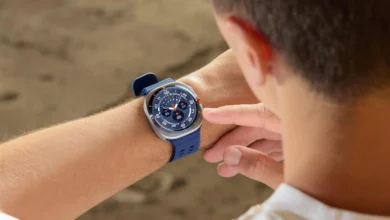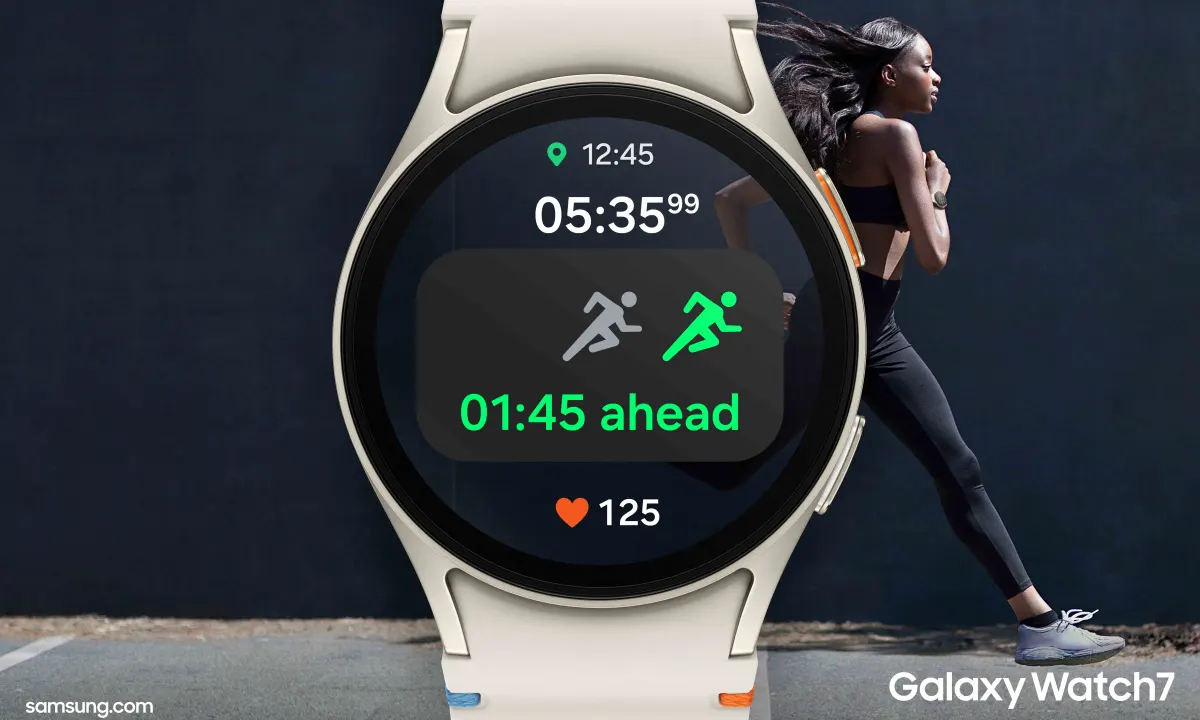Samsung to Re-Release Galaxy Watch 4 in 2024, Not Launching FE Version

Samsung Galaxy Watch FE was a folk story since Samsung is gearing up to introduce a rebranded version of the 2021 Galaxy Watch.
A few days ago, it was reported that the Korean giants were working on bringing a new Galaxy Watch under Fan Edition branding, but that report is a false rumor. Recent reports are saying that Samsung is working on expanding its wearable area by delivering a rebranded version of the Galaxy Watch 4, initially launched back in 2021, instead of any new FE variant.
The rebranded variant of the Galaxy Watch 4 (2024) is in line, and this is being speculated by a post by a reliable tipster (Max Jambor) on X, who stated that “Galaxy Watch 4 (2024)” By this statement, it’s pretty clear that the FE variant for the Galaxy Watch is not in existence yet.
However, previous reports have already reported that Samsung could release a new variant of the Galaxy Watch 4 in 2024. Somehow, this is not new for the Korean giants, as recently they introduced a new variant, the Tab S6 Lite (2024), which is the third version of the original Tab S6 Lite 2020. Plus, these upgraded variants often have the same specifications as the previous variants, which means that if the recent reports come true, the new variant Galaxy Watch 4 (2024) could share many features with the 2021 Galaxy Watch 4.
The original variant, the Galaxy Watch 4, features up to 44mm sizes, a circular Super AMOLED display, and advanced health tracking capabilities such as body composition measurement and sleep tracking. It is powered by the in-house Exynos W920 SoC and runs on Wear OS 3.
However, Samsung has not officially revealed anything regarding the forthcoming Galaxy Watch 4 (2024) variant yet, but it will be interesting to see what new features and functions it will bring.



